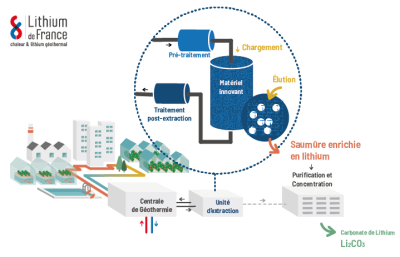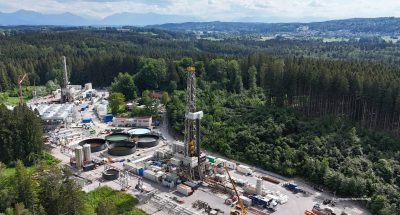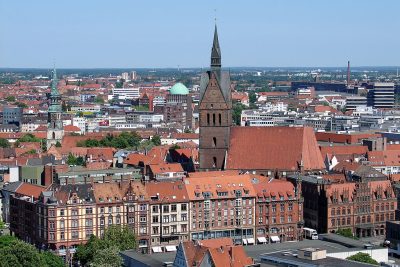Hattingen, Germany considers geothermal to supply municipal heat demand
The city of Hattingen, Germany is considering geothermal, among other renewables, as it strives to achieve a climate-neutral heating supply by 2045.
The local utility company of the city of Hattingen in North Rhine-Westphalia, Germany, have completed analysis of potential renewable sources for heat and power, and have cited that geothermal could potentially supply the city’s entire heat demand. Stadtwerke Hattingen and the Gas and Heat Institute of Essen (Gas- und Wärme-Institut Essen / GWI) are now developing target scenarios and strategies based on the results of the analysis with the target of providing climate-neutral heat supply by 2045.
The study on geothermal potential was done by the State Office for Nature, Environment and Consumer Protection (LANUV) of North Rhine-Westphalia. The calculations considered near-surface geothermal energy at depths of 40, 150, and 250 meters, as well as medium-depth geothermal energy of up to 1000 meters. “Purely mathematically, geothermal energy could cover the city’s entire heat demand,” explains Stefan Kuchner, project manager at Hattingen’s municipal utilities
“However, the heat must be used directly on-site with a high connection density, as transport over long distances – even from one end of the city to the other – is economically and technically impractical. Therefore, we are defining suitable locations and areas for geothermal drilling within the framework of the target scenarios.”
Other renewable sources, including solar thermal energy, river heat, and mine water, were included in the study. River heat can potentially provide an output of 20 MWth and could be an interesting option for heat consumers along the Ruhr. Further potential is available from the dewatering of the former “Friedlicher Nachbar” mine.
For renewable electricity sources, the utility company has analyzed the potential of photovoltaics and wind power. Existing solar systems currently generate around 13.6 GWh while existing wind turbines generate 4.1 GWh. There is room for growth, particularly with a photovoltaic potential of around 150 GWh. However, daily and seasonal fluctuations will have to be considered for these energy sources.
The results of the potential analysis provide a valuable basis for further planning. In the coming weeks, Hattingen Municipal Utilities and the GWI will develop concrete target scenarios to systematically advance the transition to a climate-neutral heat supply in Hattingen.
RELATED: Updated map shows over 150 geothermal plans in Germany in planning phase
Source: Stadtwerke Hattingen



















